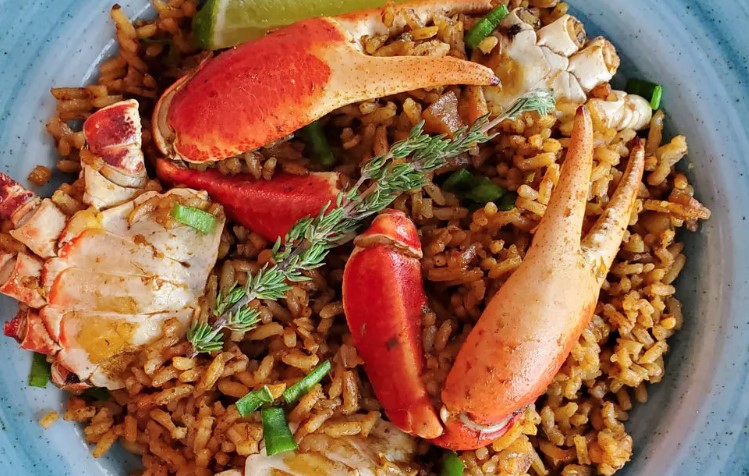Introduction: Vanuatu’s Culinary Diversity
Vanuatu, an archipelago nation located in the South Pacific, boasts a rich culinary heritage that reflects its diverse cultural influences. The country is known for its fresh seafood, tropical fruits, and unique cooking methods that incorporate traditional ingredients such as coconut milk, taro, and yams. Each island in Vanuatu has its own distinct cuisine, with a variety of dishes that showcase the local flavors and cooking techniques.
Discovering Tanna Island’s Traditional Dishes
Tanna Island, located in the southern part of Vanuatu, is known for its traditional dishes that are cooked using a hot stone oven called a “umu.” One of the island’s most popular dishes is “lap lap,” a savory cake made from grated yam, banana, and taro that is mixed with coconut cream and cooked in the umu. Another local delicacy is “natangura,” a sweet coconut dessert that is wrapped in banana leaves and cooked over the hot stones.
The Unique Flavors of Espiritu Santo’s Cuisine
Espiritu Santo, the largest island in Vanuatu, offers a unique culinary experience with a blend of European, Melanesian, and Asian influences. The island’s cuisine features fresh seafood, locally-grown fruits and vegetables, and a variety of spices that add depth and flavor to the dishes. One of the island’s signature dishes is “palusami,” a dish made from taro leaves filled with coconut cream, onions, and meat that is wrapped in banana leaves and cooked in an earth oven.
Malakula Island: A Gastronomical Adventure
Malakula Island, located in the central part of Vanuatu, is known for its exotic cuisine that reflects the island’s rich cultural heritage. The island offers a variety of dishes that showcase its diverse flavors and cooking techniques. One of the island’s most popular dishes is “naghol,” a soup made from taro, coconut cream, and beef that is cooked in bamboo tubes over an open fire. Another local delicacy is “saksak,” a sweet pudding made from grated taro, coconut cream, and sugar that is wrapped in banana leaves and cooked over hot stones.
Taste the Rich Heritage of Pentecost Island
Pentecost Island, located in the northern part of Vanuatu, offers a unique culinary experience that is steeped in tradition. The island’s cuisine features fresh seafood, locally-grown fruits and vegetables, and a variety of herbs and spices that add depth and flavor to the dishes. One of the island’s signature dishes is “laplap,” a savory cake made from grated taro, banana, and coconut cream that is cooked in an earth oven.
From Malekula to Efate: Exploring Vanuatu’s Diverse Culinary Landscape
From Malekula to Efate, each island in Vanuatu offers a unique culinary experience that reflects the local flavors and traditions. Whether you’re indulging in Tanna Island’s traditional dishes, exploring the exotic cuisine of Malakula Island, or tasting the rich heritage of Pentecost Island, Vanuatu’s diverse culinary landscape is sure to delight your taste buds and satisfy your hunger for adventure. So come and experience the flavors of Vanuatu – a gastronomical journey like no other.










